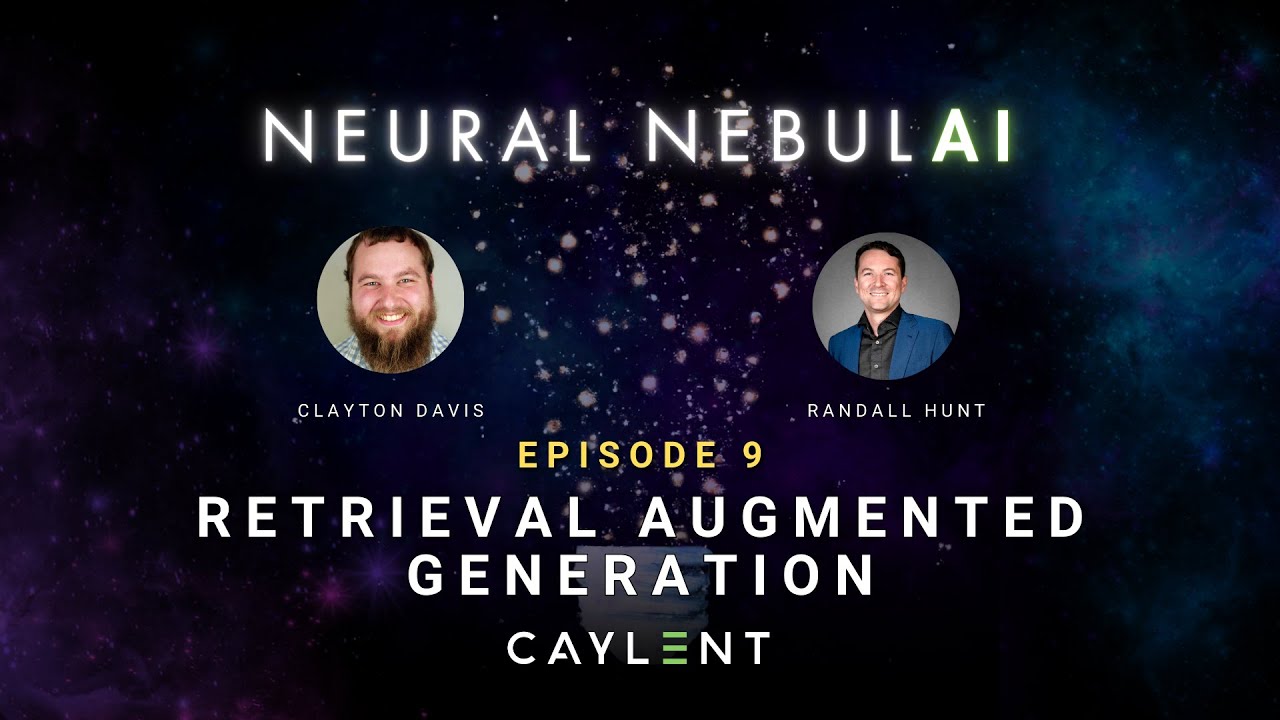RAG From Scratch: Part 1 (Overview)
Summary
TLDRIn the first episode of the "RAG from Scratch" series, Lance from LangChain introduces Retrieval-Augmented Generation (RAG), emphasizing its importance in addressing the limitations of large language models (LLMs) that lack access to recent or private data. He outlines the three key stages of RAG: indexing external documents, retrieving relevant data based on user queries, and generating responses. A practical code walkthrough demonstrates how to load and process documents, utilize embeddings, and set up retrieval mechanisms. Future videos will dive deeper into these concepts and advanced techniques, making the series an invaluable resource for those interested in LLMs and data integration.
Takeaways
- 😀 RAG from Scratch is a new series aimed at explaining Retrieval-Augmented Generation (RAG) principles.
- 📊 LLMs often lack access to private or recent data not included in their pre-training.
- 🔍 RAG consists of three main stages: indexing, retrieval, and generation.
- 📚 Indexing external documents allows for efficient retrieval based on user queries.
- 📥 Retrieval fetches relevant documents in response to specific questions from users.
- 🤖 Generation involves LLMs producing answers grounded in the retrieved documents.
- 🚀 The context windows of LLMs are expanding, enabling them to handle more data.
- 💻 The series will include interactive coding walkthroughs to demonstrate practical implementations.
- 🔧 Initial videos will focus on basic concepts before delving into advanced topics.
- 👨💻 The series aims to make RAG and its components accessible to developers and practitioners.
Q & A
What is the main motivation for Retrieval-Augmented Generation (RAG)?
-The main motivation for RAG is that language models (LLMs) have not seen all the data that may be relevant to users, particularly private or very recent data that is not included in their pre-training.
How do LLMs process large amounts of information?
-LLMs have context windows that are becoming increasingly large, allowing them to process information equivalent to dozens or hundreds of pages from external sources.
What are the three basic stages of the RAG paradigm?
-The three basic stages of the RAG paradigm are indexing external documents, retrieving relevant documents based on a query, and generating an answer using those retrieved documents.
What role does the indexing stage play in RAG?
-In the indexing stage, external documents are organized in a way that allows for easy retrieval based on user queries.
Why is splitting documents important in the RAG process?
-Splitting documents is important because it allows for more manageable chunks of information to be embedded and indexed, improving retrieval accuracy and relevance.
What does the term 'Vector store' refer to in RAG?
-A Vector store is a data structure used to store embedded representations of documents, facilitating efficient retrieval of relevant information based on user queries.
What type of data did the presenter load as an example in the quick start code?
-The presenter loaded a blog post as an example document in the quick start code.
How does the RAG model combine the retrieved documents with the user's question?
-The RAG model combines the retrieved documents with the user's question by creating a prompt that includes both the question and the relevant content from the documents.
What is the significance of using LSmith in RAG pipelines?
-Using LSmith in RAG pipelines is significant for tracing and observability, allowing developers to monitor and analyze the performance of their RAG systems.
What future topics will the upcoming videos in the series cover?
-The upcoming videos will cover more advanced topics related to the RAG paradigm, including detailed discussions on indexing, retrieval, and generation.
Outlines

Esta sección está disponible solo para usuarios con suscripción. Por favor, mejora tu plan para acceder a esta parte.
Mejorar ahoraMindmap

Esta sección está disponible solo para usuarios con suscripción. Por favor, mejora tu plan para acceder a esta parte.
Mejorar ahoraKeywords

Esta sección está disponible solo para usuarios con suscripción. Por favor, mejora tu plan para acceder a esta parte.
Mejorar ahoraHighlights

Esta sección está disponible solo para usuarios con suscripción. Por favor, mejora tu plan para acceder a esta parte.
Mejorar ahoraTranscripts

Esta sección está disponible solo para usuarios con suscripción. Por favor, mejora tu plan para acceder a esta parte.
Mejorar ahoraVer Más Videos Relacionados

Retrieval Augmented Generation - Neural NebulAI Episode 9

What is Retrieval-Augmented Generation (RAG)?

RAG From Scratch: Part 3 (Retrieval)

RAG vs. CAG: Solving Knowledge Gaps in AI Models

[RAG Series #1] Hanya 10 menit paham bagaimana konsep dibalik Retrieval Augmented Generation (RAG)

Introduction to Generative AI (Day 7/20) #largelanguagemodels #genai
5.0 / 5 (0 votes)
